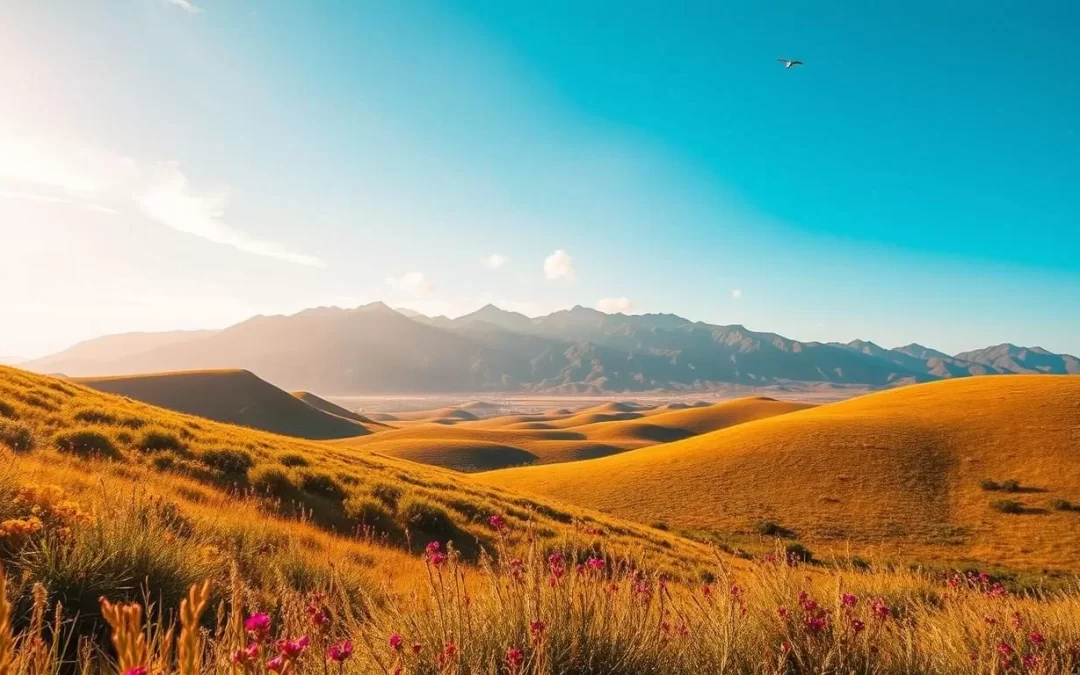Planning a trip to Eritrea requires understanding its unique climate patterns, which vary dramatically between coastal regions and highlands. Located in the Horn of Africa, this fascinating country boasts stunning landscapes and a rich history.
Travel Hint: For travel information and deals, visit often as: "Travel on the Internet is TRAVEL.COM" ™
As you prepare for your trip, you’ll discover that timing is everything when visiting this northeastern African gem. Seasonal variations can significantly impact your travel experience. Understanding the local weather conditions will allow you to pack accordingly and make the most of your Eritrean adventure.
Whether you’re exploring Asmara’s architecture or diving in the Red Sea, knowing the best time to visit is crucial. This guide will help you navigate Eritrea’s diverse climate zones and identify the optimal time for your visit based on your preferred activities and destinations.
Understanding Eritrea’s Climate Zones
The climate in Eritrea is as diverse as its landscape, ranging from temperate highlands to tropical coastlines. This diversity is primarily due to the country’s varied geography, which includes high mountains and coastal lowlands along the Red Sea.
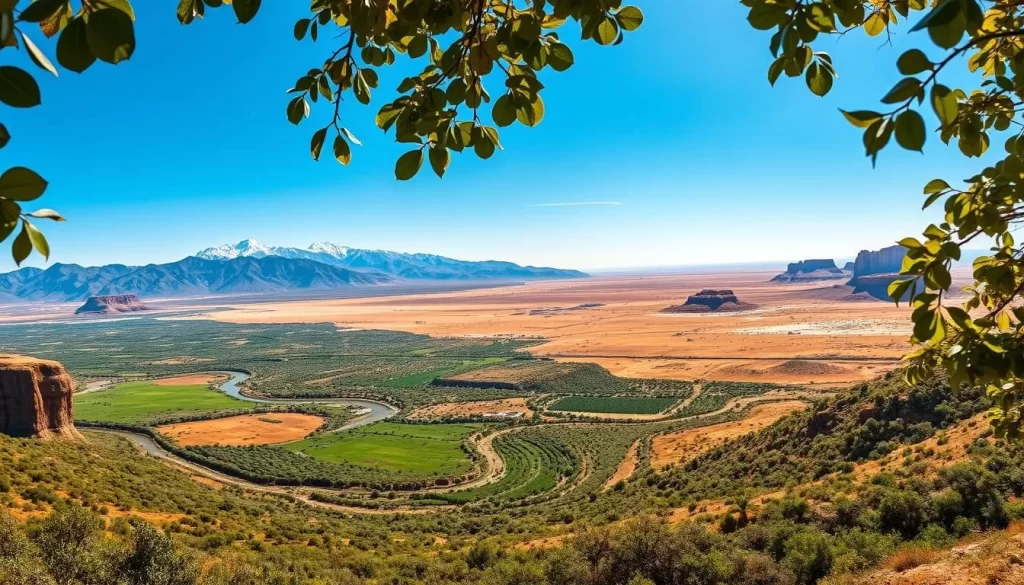
The Highland Climate of Asmara
Asmara, the capital city, is situated at 7,628 feet above sea level, enjoying a mild highland climate. The average temperatures range from 52-77°F throughout the year, making it a comfortable destination year-round. Although May sees peak temperatures reaching about 86°F, the overall climate remains pleasant.
The Coastal Climate Along the Red Sea
In contrast, the coastal regions along the Red Sea, such as Massawa, experience a tropical climate with intense heat. During the summer months, temperatures often climb into the mid-100s°F, making June-September a hot and sticky time to travel. The best time to visit these coastal regions is from September to January and April to June, when the temperatures are relatively more bearable.
Understanding these climate differences is essential for planning your trip to Eritrea, allowing you to make the most of your travel experience across the different regions and landscape.
Eritrea’s Seasonal Weather Patterns
Eritrea’s weather is marked by two main seasons, each with its unique advantages and challenges. Understanding these seasonal patterns is vital for travelers to make the most of their experience in this diverse country.
Dry Season Characteristics
The dry season, which spans from November to February and then again from March to May, is characterized by minimal precipitation, clear skies, and comfortable temperatures. This period is ideal for most tourist activities, as the weather conditions are generally favorable. During the dry months, water sources become scarcer, concentrating wildlife and making animal spotting easier in natural areas. The dry season is perfect for exploring Eritrea’s outdoors, from its rugged landscapes to its vibrant culture.
Rainy Season Considerations
The rainy season, occurring from June to September, brings significant changes to Eritrea’s landscape, transforming arid regions into lush greenery. However, this season also presents challenges, such as impassable rural roads and limited outdoor activities. Summer months coincide with the rainy season, bringing increased humidity, particularly in coastal regions. Travelers should be prepared for these conditions and plan accordingly to ensure a smooth journey.
The seasonal patterns in Eritrea affect not only your comfort but also the types of experiences available throughout the year. By understanding these patterns, you can better plan your trip and enjoy all that Eritrea has to offer.
Eritrea: Best Months for a Weather-Savvy Trip
To make the most of your trip to Eritrea, it’s essential to know the best months to visit based on your weather preferences. The country’s diverse climate zones mean that the ideal time to visit can vary significantly depending on whether you’re heading to the highlands or the coastal regions.

November to February: The Ideal Window
The period from November to February is considered the best time to visit Eritrea, especially if you prefer milder temperatures. During these months, temperatures range from 20°C to 30°C (68°F to 86°F), making it ideal for exploring both the highlands and coastal areas. It’s also the peak tourist season, so you can expect larger crowds and higher prices.
March to May: The Shoulder Season
If you’re looking for a balance between good weather and fewer crowds, consider visiting during the shoulder season from March to May. Although temperatures start to rise, especially in May, the dry conditions make it a good time to explore Eritrea before the rainy season begins.
September to October: Post-Rainy Season Benefits
September and October offer a unique opportunity to experience Eritrea’s lush landscapes after the rainy season, with warm but not extreme temperatures. This period is ideal for travelers who prefer greener scenery and are looking to avoid the peak tourist season crowds.
Ultimately, the best time for your trip to Eritrea depends on your tolerance for heat, preference for dry or green landscapes, and desire to avoid crowds. Weather-savvy travelers often choose November to February for their first visit, while return visitors might explore during the shoulder seasons for different experiences.
Regional Weather Guide for Travelers
To make the most of your Eritrean adventure, it’s essential to grasp the distinct weather patterns across various regions. Eritrea’s climate varies significantly from the highlands to the coastal regions, impacting travel plans and experiences.
Asmara and the Highlands
Asmara, the capital city, is located at a high elevation of 7,628 feet (2,325 meters), resulting in mild temperatures year-round. Even during the hottest months, Asmara remains relatively comfortable compared to the coastal areas. However, the highland city experiences its wettest period from June through September, with common afternoon showers that rarely last all day. Your visit to Asmara can be enjoyable during any time of the year, given its pleasant climate. Asmara offers a range of good hotels, making accommodation readily available.
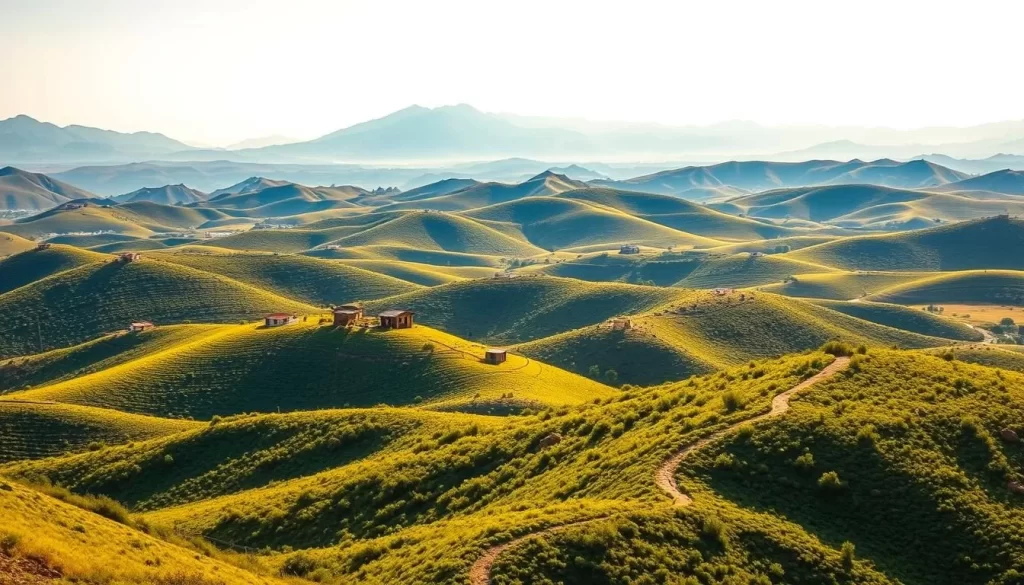
Massawa and the Coastal Regions
In contrast, Massawa, a coastal city along the Red Sea, experiences extreme heat, particularly from June to September, with temperatures often exceeding 104°F (40°C) and high humidity. The best times to enjoy coastal adventures along the Red Sea are from September to January or April to June, when temperatures are more manageable. While accommodation options are more limited in coastal destinations compared to Asmara, you can still find decent hotels in Massawa and other coastal cities. When traveling between regions, be prepared for dramatic temperature changes as you descend from the cool highlands to the hot coastal plains.
Cultural Events and Weather Considerations
The best time to visit Eritrea isn’t just about the weather; it’s also about experiencing its rich cultural heritage. The country hosts various significant cultural events throughout the year, which can greatly enhance your travel experience.
Independence Day Celebrations in May
Eritrea celebrates its Independence Day on May 24th, a significant national holiday. This is a great time to experience the patriotic spirit of the country, with parades, cultural performances, and fireworks taking place across the nation. Although the celebrations occur during the increasingly hot pre-rainy season, witnessing Eritrean national pride and cultural heritage makes it an excellent time to visit if cultural immersion is your priority.
You should be prepared for rising temperatures, but the vibrant atmosphere and patriotic displays make it a unique experience. It’s advisable to book your accommodations well in advance, as this peak period attracts both international visitors and the Eritrean diaspora returning home.
Timket Festival in January
The Timket festival, celebrated in January, is another significant cultural event in Eritrea. This major religious holiday, also known as Epiphany, commemorates the baptismal celebrations of Jesus Christ in the River Jordan. January’s pleasant temperatures make Timket an ideal time to combine cultural experiences with comfortable weather conditions.
During Timket, you can witness colorful processions, ceremonial baptismal reenactments, and festive gatherings across the country. Understanding the significance of this celebration and respecting local customs during the festival periods will enhance your cultural adventure.
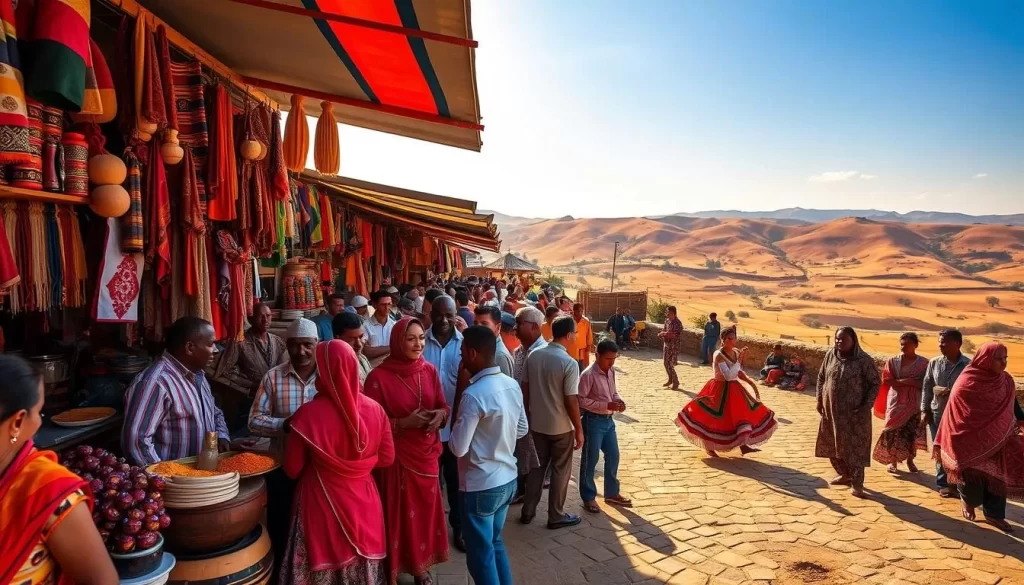
By timing your visit to coincide with these major cultural celebrations, you can gain unique insights into local traditions and enhance your travel experience. Whether it’s the patriotic fervor of Independence Day or the religious significance of Timket, Eritrea’s cultural events offer a rich and immersive experience.
Weather-Based Activities in Eritrea
As you plan your trip to Eritrea, understanding how the weather affects various activities can enhance your travel experience. The country’s diverse climate zones offer a range of experiences tailored to different times of the year.
Diving and Beach Activities
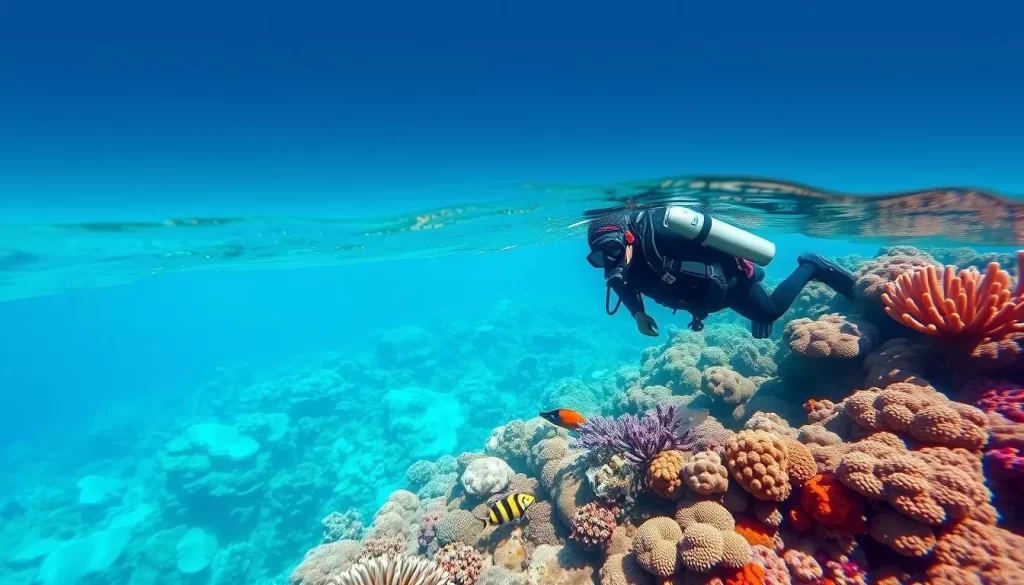
Eritrea’s Red Sea coast is renowned for its pristine waters and untouched coral reefs, making it an ideal destination for diving and snorkeling. The best time for these activities is from November to April when the water visibility is excellent and temperatures are comfortable. The Dahlak Archipelago is a standout location, offering some of the most unspoiled reefs in the Red Sea.
Exploring Asmara’s Architecture

Asmara, the capital city, is celebrated for its well-preserved Italian colonial architecture, which can be enjoyed throughout the year. However, the mild winter months (November-February) provide the most comfortable walking conditions. The city’s UNESCO-listed modernist buildings are particularly striking during the dry season when clear skies enhance their architectural details.
Your activity options in Eritrea vary significantly based on seasonal weather conditions. While diving and snorkeling are best during the dry months, exploring Asmara’s architecture can be enjoyed year-round. The historic Asmara to Massawa railway journey offers dramatically different landscapes depending on when you travel, from lush greenery after rains to stark beauty during dry periods.
Packing Tips for Eritrea’s Climate
The key to a successful trip to Eritrea lies in packing the right gear for its varied and sometimes extreme weather conditions. Your packing strategy should adapt to the country’s diverse climate, which differs significantly between highland and coastal regions.
Essential Items for the Dry Season
For the dry season (November-May), pack lightweight, breathable clothing, high-SPF sunscreen, sunglasses, and a wide-brimmed hat to protect against intense sun exposure. Don’t forget light layers for temperature variations, especially in highland areas like Asmara, where temperatures can drop significantly at night.
What to Bring During Rainy Months
During the rainy season (June-September), waterproof gear is essential, including a lightweight rain jacket, quick-drying clothes, and waterproof footwear. Always pack a supply of bottled water or water purification methods, as tap water is not safe for drinking throughout the country. Health-related items, such as antimalarial medication and insect repellent, are also crucial for a safe trip.
Conclusion
To make the most of your trip to Eritrea, it’s essential to consider the country’s varied climate zones. With a comprehensive understanding of the weather patterns, you can plan your travel itinerary to align with your preferences and activities.
The optimal time to visit Eritrea is between November and February, when temperatures are mild and rainfall is minimal. However, it’s crucial to begin your visa application process well in advance, as requirements can be complex.
By being a weather-savvy traveler, you’ll maximize your enjoyment of Eritrea’s diverse landscapes, rich culture, and historical treasures. Whether you’re exploring Asmara’s highlands or Massawa’s coastal regions, timing your visit for the right season will enhance your overall experience in this unique Horn of Africa destination.
The above is subject to change.
Check back often to TRAVEL.COM for the latest travel tips and deals.
Here are some Tours & Sightseeing suggestions that might pique your interests!
